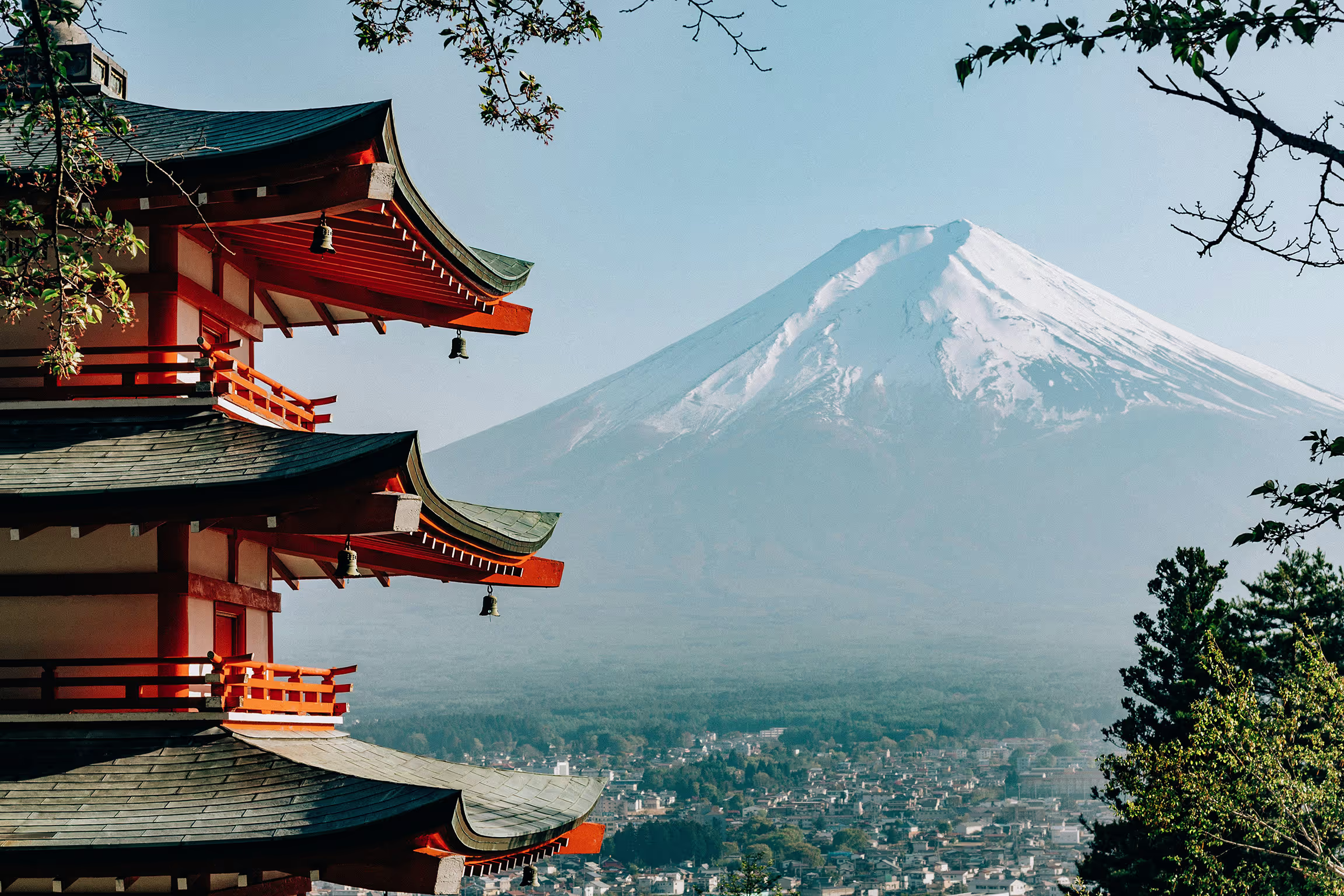Black Friday:
Enjoy our best prices of the year on Level 1 to 3 Professional Training Packages
See more
arrow_forward
Kobido® Esthetic College

Before making any plans, bookings, or arrangements, please ensure you have received personal confirmation from Dr. Shogo that you are invited and have a reserved seat in the training. Please refrain from booking hotels or flights until you have received confirmation.
Before traveling to Japan, please check if you require a visa based on your nationality and the purpose of your visit. Many countries have visa exemption agreements with Japan, allowing short-term stays without a visa (usually up to 90 days).
If you do need a visa, apply well in advance through the nearest Japanese embassy or consulate. Be prepared to provide documents such as:
Important: Make sure your passport will remain valid for the entire duration of your stay, preferably at least six months beyond your planned departure date.
Keep in mind that visa regulations can change, so always verify the latest requirements before your trip.
If you have any special condition that could affect your participation in the training, please inform us well in advance.
If you require specific medication, ensure you bring it with you and verify in advance whether it is permitted to bring into Japan by plane.
For all participants, we require emergency contact information. Please email this to us as soon as possible.
Please be aware that Tokyo involves a significant amount of walking and stair climbing.
Accessibility for individuals with reduced mobility is limited in many places, including the training facility.
Tokyo has two airports: Haneda and Narita. We recommend flying into Haneda, as it is closer to the city and more convenient.
Travel from Narita to central Tokyo can be costly, and the airport is located well outside the city.
Consider booking a flight into Narita only if it is significantly cheaper than Haneda or if Haneda flights are fully booked.
For the training, you do not need to bring any products, mannequins, or tools.
Please do not bring skincare products from other brands into the training facility.
We recommend bringing your textbooks—ensure they are the most current, up-to-date edition.
Wear comfortable clothing for the training; formal attire is not required.
Before traveling, check your passport’s expiration date to avoid any issues.
Everyday items and non-prescription medications can be purchased over the counter in Japan.
In Tokyo, you’ll use subways, trains, and buses daily. Since multiple transport companies operate across the city, there isn’t a single pass that works everywhere.
Instead, you’ll need an IC Card — a prepaid card used to pay for transport. The two main options are Suica and Pasmo(both work the same).
You can purchase an IC Card:
Having an IC Card lets you travel around freely and conveniently without needing to buy individual tickets each time.
There are two easy ways to stay connected in Japan:
For emergencies, remember that free WiFi is widely available throughout Tokyo, especially at convenience stores (konbini).
If the Grandmaster has not directly booked a specific hotel for you, it means the training facility location has changed. The training will take place in Atami.
Accommodation
Business hotels in the area typically range between €80 and €150 per night. The exact training venue will be confirmed based on the number of participants. Approved candidates will receive an email with the training address and detailed directions once available.
Please note: Training will not take place at our head office.
Travel to Atami
Arrival Time
Since check-in starts at 3:00 PM, we would appreciate it if you could join us after 2:00 PM, if possible.
Currency exchange is available at the airport and in major areas like Shinjuku and Shibuya.
Tax-Free Shopping
Many shops — including Don Quijote (Donki) and Bic Camera — offer tax-free shopping on purchases over 5,000 yen. While you won’t pay sales tax in Japan on tax-free items, you may still be subject to import duties in your home country.
Cash & Cards
Cash is widely used in Japan, as many places do not accept credit cards. It is advisable to carry some cash with you at all times.
ATMs
ATMs are available at convenience stores and other locations. While not all ATMs accept foreign cards, most do.